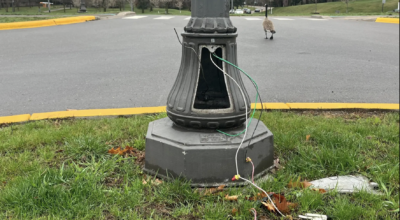Freddie Gray, 1 year later: What has changed in Baltimore?
Published 9:40 am Tuesday, April 19, 2016
BALTIMORE — When Freddie Gray died April 19, 2015, and riots erupted, Baltimore and its residents were forced to confront issues that had plagued them for decades, community leader Ericka Alston said.
“I think for Baltimore as a community, that day really changed our lives forever,” said Alston, who founded Kids Safe Zone in a poor, crime-ridden neighborhood just blocks from where Gray was arrested.
Gray’s death — a week after he was injured in a police transport van — became a focal point in the national debate over police treatment of African-Americans. When the smoke cleared, Baltimore looked much the same: Debris from rioting was hauled off, but blocks of dilapidated homes still stood vacant. Violence continued. And the city still has a pervasive problem of economic disparity, a lack of job opportunities for young black men, and a dearth of resources for disenfranchised children.
But change has been cropping up. The police commissioner was fired, and the department is rolling out body cameras. Community activism, advocacy and grassroots organizing are more visible throughout Baltimore. Criminal cases against the officers charged in Gray’s death are progressing.




